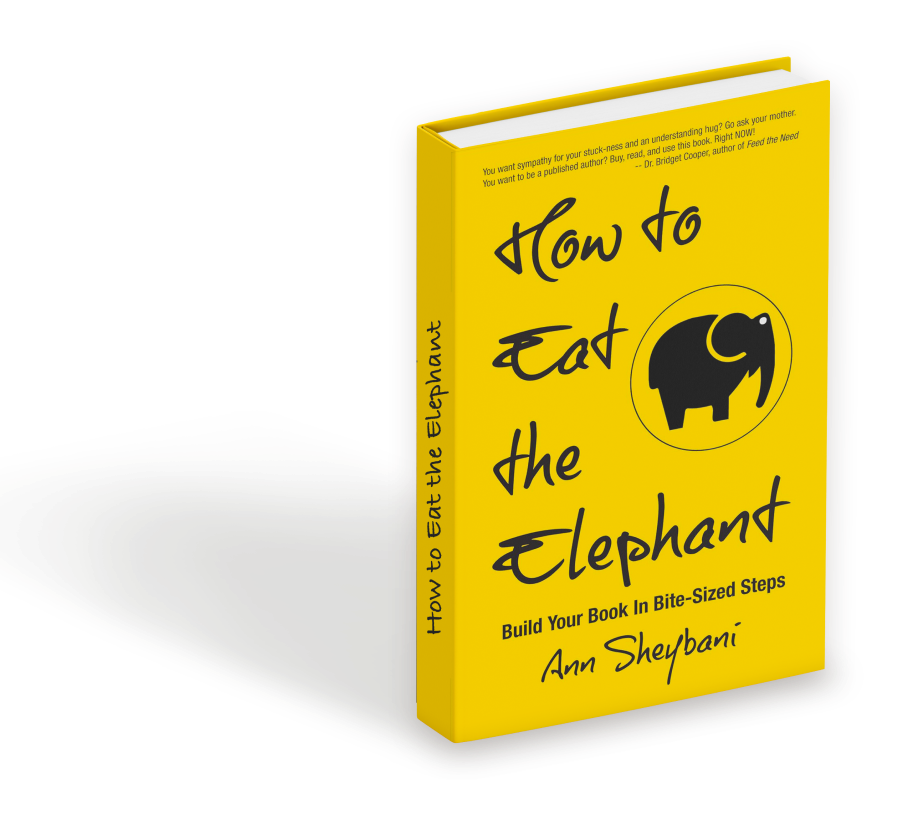This is a guest post from my husband, Walt Hampton. I believe he came out of the womb with the ability to set healthy boundaries. He really does astound me. So here’s what he has to say on the topic.
Something there is that doesn’t love a wall… .– Robert Frost, Mending Wall
“Did you know that Max escaped again?” Marcia asked.
WTF, I thought. This dog has two acres to roam in. Why isn’t that good enough?
I can’t count the number of times he’s jumped over the fence. Or dug under it. Or snuck through it. I can’t count the number of times I’ve walked its perimeter, rewired it, repaired it.
Maintaining the boundaries might as well be a full time job.
For Max’s benefit. For mine as well.
Robert Frost wrote, “Good fences make good neighbors.”
Clearly true for Marcia and me. Something about Max shitting in her yard that doesn’t work for her.
But at a deeper level, knowing where your turf ends and another’s starts provides a level of clarity, certainty and security.
It feels safe to have a fence around you. And with safety comes repose. At the end of the day, coming home to “your place,” the place that is your own, and no one else’s, is a source of peace.
There are, of course, other boundaries that don’t exactly look like fences. But should.
The great motivational teacher Jim Rohn taught that we are the average of the five folks we hang around with most often: educationally, intellectually, creatively, culturally, socially, and financially. Look around. I bet I’m right. This is not to suggest that we sink to a lowest common denominator. But who we spend most of our time with influences – significantly – who we are, who we will become.
If this is true, the choice of who we surround ourselves with truly matters. The five folks we select ought to reflect our highest and best values, our deepest hopes, our most cherished dreams. They should reflect not only who we hope we are, but, even more, who we aspire to be.
This requires circumspection, a word I choose carefully to connote not only the process of consideration, but also the act of drawing a circle around that group: the act of creating boundary. If certain folks are good for us, there are certain others that may not be, others who drag us down, others who are toxic to our spirits, others who are damaging to our Journey.
Good fences are needed too in the creative work we do. Robin Sharma teaches, “The secret to exceptional production is the ferocious elimination of distraction.”
I have no clue how my teen is able to work. The notebook is open, the text book not often, the lap top is on, Facebook is up, the television is running, and he’s texting. Too many neighbors. Not enough fence.
For me, in my creative space, shutting out the extraneous is essential. Quiet is the ground of ideas. In the stillness, my soul can speak.
And it is here, at last, where we must be most watchful with our fences. If it is the still small voice that is the Divine dwelling within us, how can we possibly listen unless we are willing to wall off the noise that surrounds us in the world?
The monks of old created cloisters, enclosed areas, cut off from the outside world that were places of refuge, places of prayer. Places where the spirit might find rest; sacred places where the Divine might be found walking in the cool of the day.
With circumspection, we can do the same.
Good fences. How are yours?


